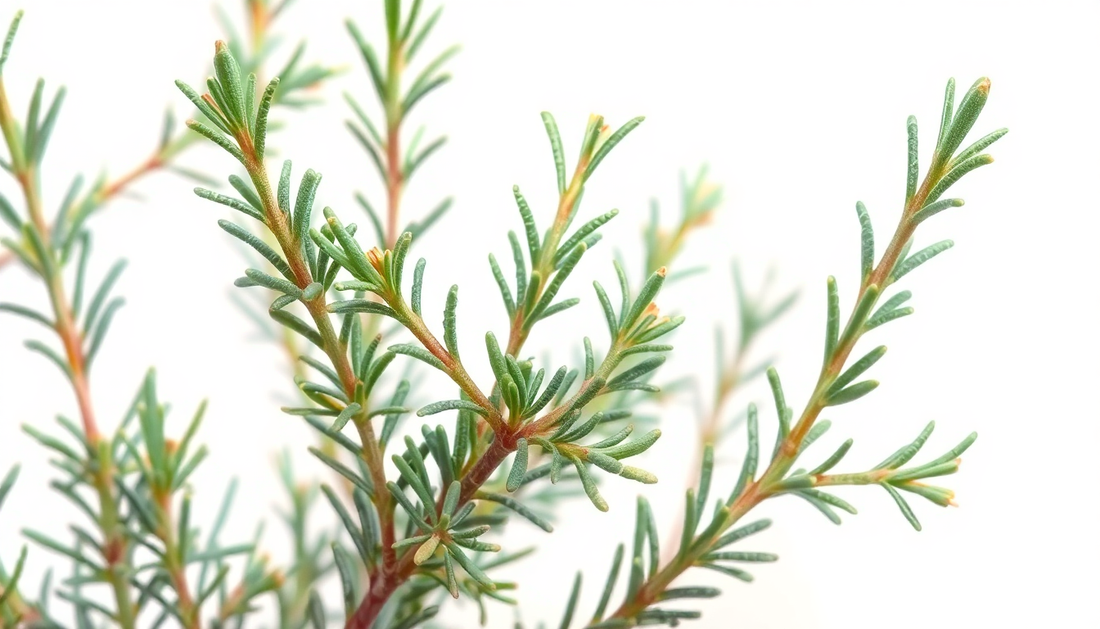
Why Are My Rosemary Leaves Turning Yellow?
If you're a gardener, you've probably encountered the frustrating problem of rosemary leaves turning yellow. This common issue can have a variety of causes, from environmental factors to nutrient deficiencies. In this comprehensive blog post, we'll explore the reasons behind yellow rosemary leaves and provide you with practical solutions to help your herb thrive.
Understanding Rosemary's Needs
Rosemary (Rosmarinus officinalis) is a hardy, evergreen herb that originates from the Mediterranean region. It thrives in well-drained, slightly alkaline soil and full sun exposure. Rosemary is known for its aromatic, needle-like leaves and its ability to withstand drought conditions.
However, even the most resilient plants can face challenges when their environmental needs are not met. Yellowing leaves can be a sign that your rosemary plant is struggling with one or more of the following issues:
Overwatering
One of the most common causes of yellow rosemary leaves is overwatering. Rosemary prefers well-drained soil and cannot tolerate sitting in wet, soggy conditions. Excess moisture can lead to root rot, which can cause the leaves to turn yellow and eventually die.
Underwatering
On the flip side, underwatering can also cause rosemary leaves to turn yellow. Rosemary is drought-tolerant, but it still requires regular watering, especially during hot, dry weather. If the soil becomes too dry, the plant will start to show signs of stress, including yellowing leaves.
Nutrient Deficiencies
Nutrient imbalances can also contribute to yellow rosemary leaves. Rosemary plants require a balanced supply of essential nutrients, such as nitrogen, phosphorus, and potassium, to maintain healthy growth. A deficiency in any of these nutrients can lead to discoloration and other issues.
Pests and Diseases
In some cases, yellow rosemary leaves can be a sign of pest infestations or plant diseases. Aphids, spider mites, and other sap-sucking insects can feed on the plant's leaves, causing them to turn yellow. Additionally, fungal diseases, such as root rot or powdery mildew, can also lead to leaf discoloration.
Diagnosing and Treating Yellow Rosemary Leaves
Now that we've identified the potential causes of yellow rosemary leaves, let's explore the steps you can take to diagnose and address the problem.
Step 1: Examine the Leaves
Carefully inspect the affected leaves to look for any signs of pests, disease, or other issues. Check for the presence of insects, discoloration patterns, and any other visible symptoms.
Step 2: Check the Soil Moisture
Stick your finger into the soil around the rosemary plant. If the soil is consistently moist or waterlogged, you may be dealing with an overwatering problem. If the soil is dry, the plant may be underwatered.
Step 3: Test the Soil pH
Rosemary prefers slightly alkaline soil, with a pH between 6.0 and 8.0. If the soil is too acidic, it can lead to nutrient deficiencies and yellowing leaves. Use a soil test kit to determine the pH level and make any necessary adjustments.
Step 4: Fertilize Appropriately
If nutrient deficiencies are the culprit, apply a balanced, slow-release fertilizer to the soil around the rosemary plant. Avoid using too much fertilizer, as this can also lead to problems.
Step 5: Address Pests and Diseases
If you suspect pests or diseases are causing the yellow leaves, take appropriate action. Use organic insecticidal soap or neem oil to control insects, and treat any fungal issues with a fungicide.
Step 6: Adjust Watering Practices
If overwatering or underwatering is the issue, adjust your watering schedule accordingly. Water the rosemary plant only when the top inch of soil is dry, and ensure the soil has proper drainage.
By following these steps, you can diagnose and address the underlying cause of your rosemary's yellow leaves, helping your herb regain its vibrant, healthy appearance.
Preventing Future Issues
To keep your rosemary plants thriving and prevent future problems with yellow leaves, consider the following best practices:
Provide Proper Growing Conditions
Ensure your rosemary plants are located in a spot with full sun exposure and well-drained soil. Amend the soil with compost or other organic matter to improve drainage and nutrient content.
Monitor Soil Moisture
Regularly check the soil moisture and adjust your watering schedule as needed. Stick your finger into the soil to gauge the moisture level, and water only when the top inch is dry.
Fertilize Judiciously
Apply a balanced, slow-release fertilizer to your rosemary plants in early spring, following the manufacturer's instructions. Avoid over-fertilizing, as this can lead to nutrient imbalances.
Prune and Maintain
Regularly prune your rosemary plants to remove any dead or damaged foliage. This will help promote healthy new growth and prevent the spread of any pests or diseases.
By following these tips, you can help ensure your rosemary plants remain vibrant, fragrant, and free from the frustration of yellow leaves.
Conclusion
Dealing with yellow rosemary leaves can be a common challenge for gardeners, but with the right knowledge and approach, you can get your herb back on track. By understanding the potential causes, diagnosing the issue, and implementing the appropriate solutions, you can help your rosemary thrive and continue to enjoy its aromatic, flavorful leaves.
Remember, every plant is unique, and the specific needs of your rosemary may vary. Stay vigilant, observe your plants closely, and don't hesitate to seek additional guidance from local gardening experts or online resources. With a little care and attention, you can keep your rosemary plants healthy and happy for years to come.






No comments